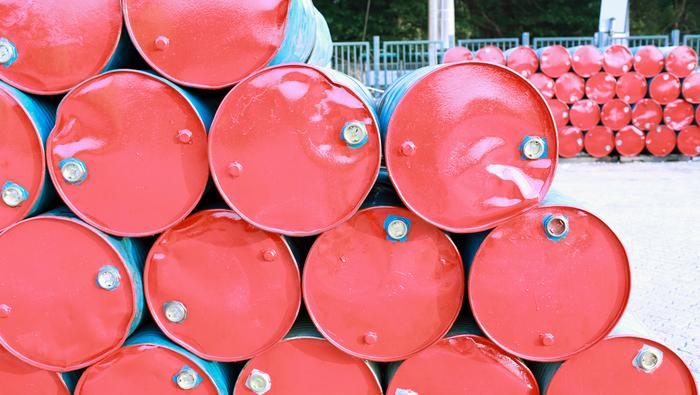Talking Points:
- Major US banks reporting large reserves against potential loan defaults by energy companies.
- Financial stocks were the worst performers in the S&P 500 (CFD: SPX500) in Q1’16.
- Rising volatility globally, falling stock prices hurt banks’ revenues in Q1’16.
Learn about the proper tenets of risk management with FXCM’s “Traits of Successful Traders” series.
Oil prices have dropped significantly since July 2014, setting a string of bankruptcies as indebted energy companies default on their loans. In light of this, earning results from the major US financial institutions including Bank of America, JPMorgan and Wells Fargo, have revealed a similar theme in regards the impact of the prolonged losses in energy prices: major banks have increased Oil and Gas provisions.
Wells Fargo & Co. reported a decline in net income, as first-quarter profit fell by -5.9% with the announcement indicating more than $1 billion of reserves were being put aside against potential loan defaults by energy companies. The San Francisco, California-based American bank said its energy portfolio remained under "significant stress due to low prices and excess leverage in this industry”. Wells Fargo’s oil and gas portfolio totals $17.8 billion, about 2% of total loans outstanding, according to the company.
Graph 1: Wells Fargo’s Energy Debt

Source: Wells Fargo Q1 Earnings Supplement
The majority of the banks’ exposure is to oilfield service companies and producers, two sectors that have seen the most financial stress.
Other banks’ earnings reports have revealed similar issues. JPMorgan Chase’s provision for credit losses was $1.8 billion in Q1, compared with the $959 million in the prior-year quarter. The latest earnings report said that the reserve increases in the current quarter reflected an increase in wholesale reserves of $713 million, primarily driven by downgrades, including $529 million in Oil & Gas and Natural Gas Pipelines, and $162 million in Metals & Mining.
Similarly, Bank of America more than doubled its reserves for energy loans by $525 million from the end of 2015 to $1 billion as of March 31.
In this context, it’s worth noting that bank stocks were the worst performers in the S&P 500 in Q1’16, falling around -5.6% compared with index’s rise of approximately +0.8%. According to data from Reuters, investment banking fees fell -29% over the same period, the metric’s worst performance since 2009, thanks to the combined impact of volatility in equity markets, uncertainty over Chinese economic growth, and the prolonged period of low energy prices.
Chart 1: S&P 500 Daily Chart with Crude Oil, VIX Overlay (July 2015 to April 2016)

The S&P 500 saw a significant decline at the beginning of 2016, accompanied by a spike higher in the VIX (orange line) and a drop in crude oil prices (blue line). The chart above reveals a 20-day correlation coefficient of more than +0.5 throughout Q1’16 between Crude Oil and the S&P 500 (which in turn suggests that the initial rally in equities in February was sparked by the turnaround in commodity prices).
This backdrop, along with concerns over global growth in general and China in particular, may help explain trading revenue declining at the major US banks. If this is so, banks have become somewhat connected to the energy market, not just due to the loans previously mentioned but also because of the volatility in commodity prices which may have spread.
In an environment with a flattening US yield curve that’s put banks’ net-interest margins under pressure, any additional sources of stress – another dive in Crude Oil now that Doha has yielded little of anything meaningful – could set off the next wave of defaults across US energy companies.
Ultimately, if energy prices stay low and banks remain under pressure, it’s possible that the Federal Reserve keeps its low rate policy even further to prevent the financial system from moving towards another crisis-like state again (particularly at a time when central banks’ ability to conduct policy is being questioned).
Read more: Oil Futures Gap Down as Doha Oil Freeze Meeting Fails on Accord
--- Written by Oded Shimoni, DailyFX Research and Christopher Vecchio, Currency Strategist
To contact Christopher Vecchio, e-mail cvecchio@dailyfx.com
Follow him on Twitter at @CVecchioFX
To be added to Christopher’s e-mail distribution list, please fill out this form





